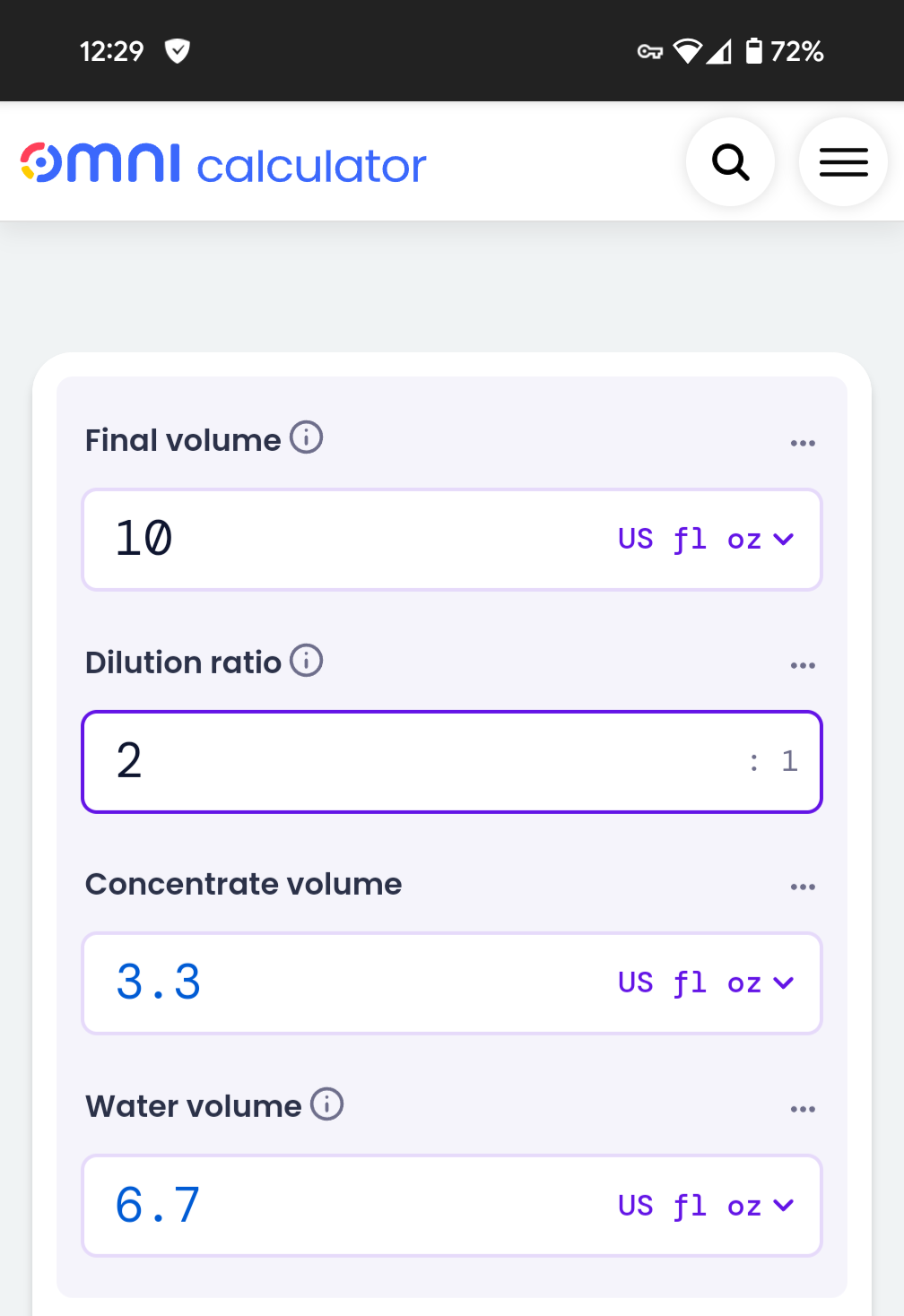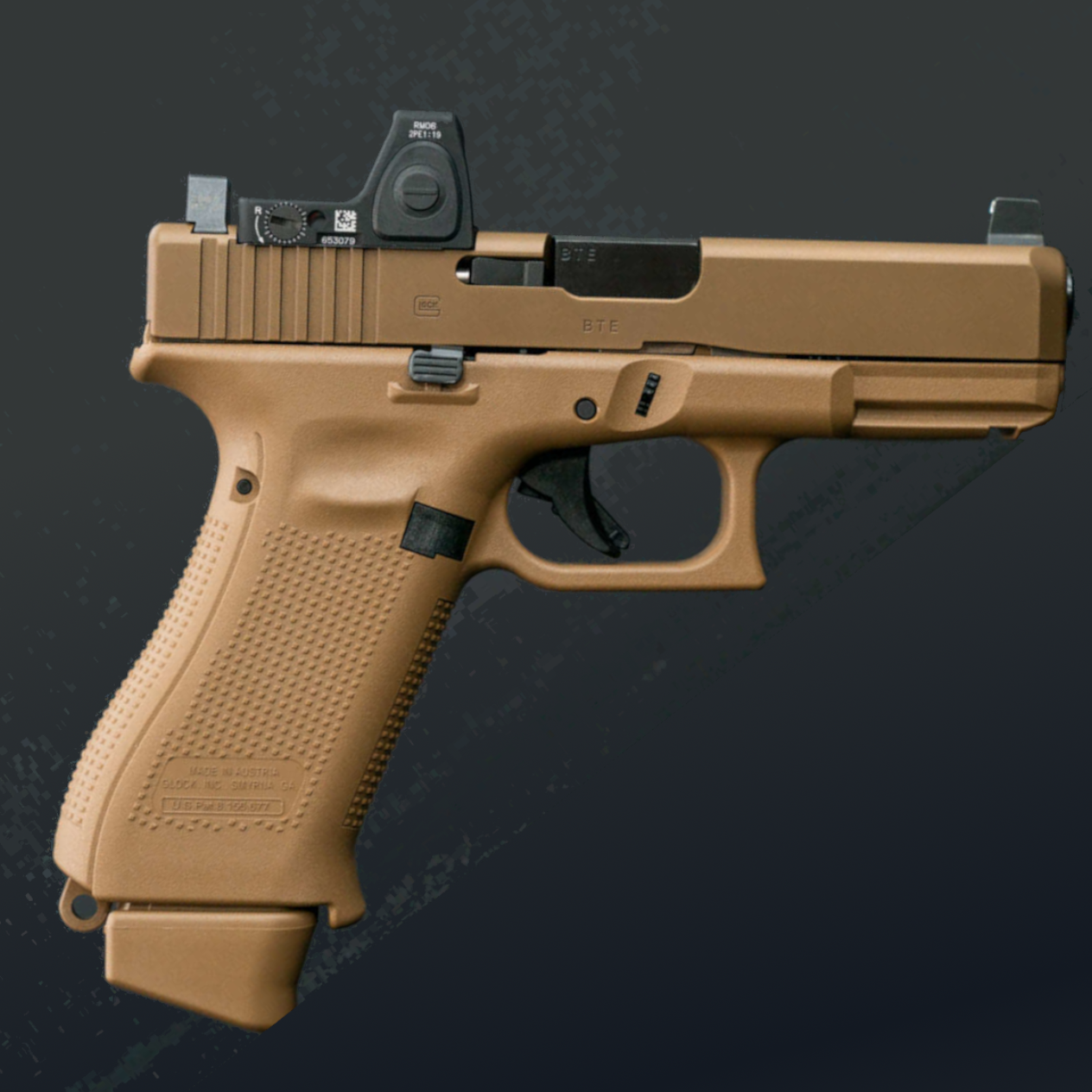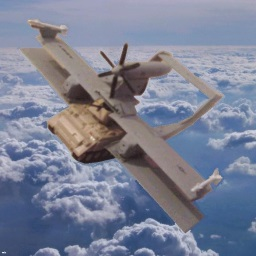

It’s possible, but unlikely because there needs to be proof and it needs to be extremely serious. That is the reason I mentioned death threats, actually.
The biggest problem is that even though harassment is clearly defined in my state, “harassment” is still likely subjective.





















Well, it will train it’s AI on everyone else’s posts. Just not your posts.